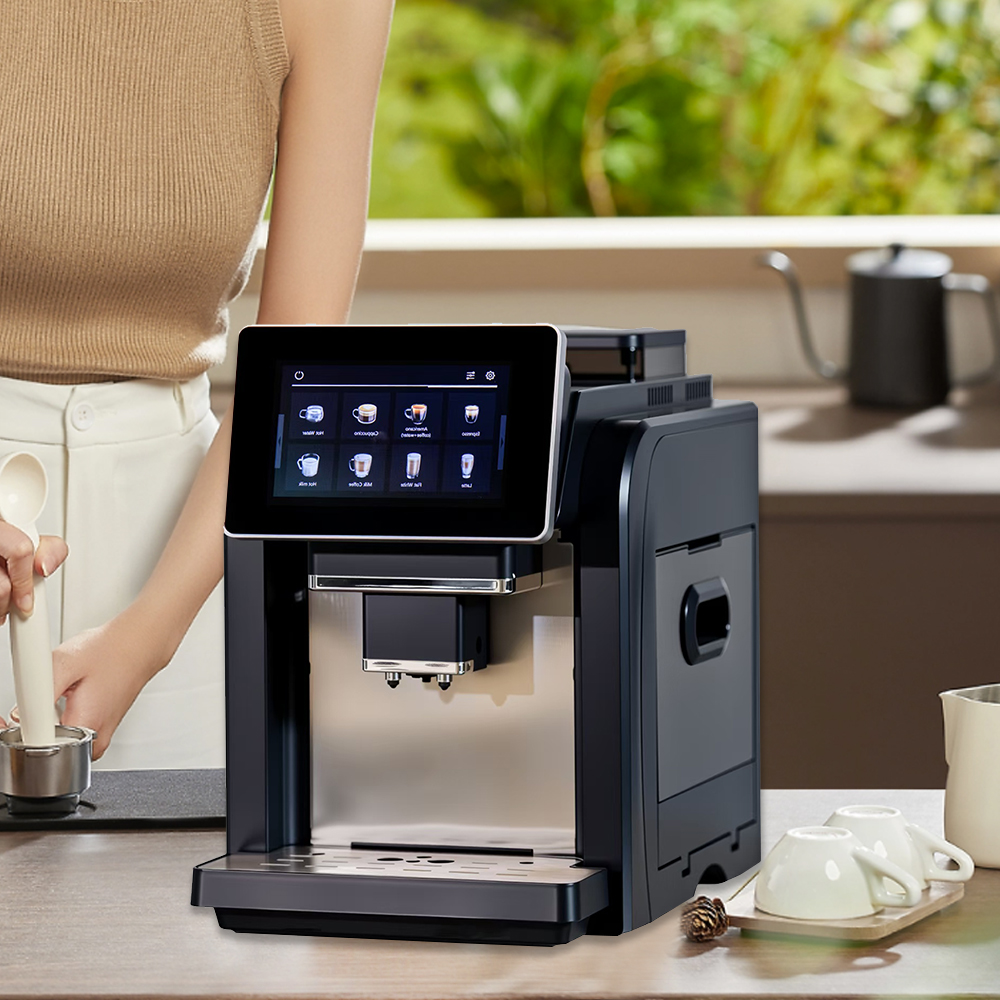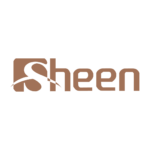As a coffee export manager, I’ve lost count of how many buyers have asked me: “What type of home coffee machine should we stock? Our customers are confused between pod systems, drip brewers, and espresso machines—how do we decide what sells?” The truth is, there’s no one-size-fits-all answer. But by understanding your target market’s habits, preferences, and lifestyle, you can curate a product range that resonates. In this guide, I’ll break down the key factors to help you navigate the world of home coffee machines and align your offerings with what modern households actually need.

1. Start with Your Customer’s Daily Routine: What Do They Need?
The first question to ask isn’t “What’s the latest trend?” but “How do our customers use coffee at home?” Home coffee consumption varies drastically based on lifestyle:
- The “Morning Rush” Crowd: These buyers want speed. Think busy parents, commuters, or students who need a cup in under 5 minutes. For them, pod-based machines (like Nespresso or Dolce Gusto) or single-serve drip systems (e.g., Keurig) are game-changers. They eliminate grinding, measuring, and waiting—perfect for time-crunched mornings.
- The “Coffee Enthusiast” Household: These are the coffee lovers who grind their own beans, experiment with roasts, and savor the brewing process. They’ll gravitate toward semi-automatic or super-automatic espresso machines (e.g., Breville, Gaggia). These machines let them control variables like grind size, water temperature, and extraction time, resulting in café-quality espresso at home.
- The “Weekend Ritual” Group: Here, quality matters more than speed. They might host friends, enjoy leisurely mornings, or value the aroma of freshly brewed coffee. Manual pour-over sets or French presses (paired with a drip cone) suit them best. These tools are affordable, low-maintenance, and let them connect with the brewing process.
2. Space Matters: Fit the Machine to Their Kitchen
Home kitchens come in all sizes—from compact city apartments to sprawling suburban homes. A machine that works for a 10m² kitchen in Tokyo won’t fly in a 30m² space in Chicago.
- Small Spaces (e.g., urban apartments, studio kitchens): Opt for compact, vertical designs. Pod machines (like the Nespresso VertuoPlus) or mini drip brewers (e.g., Technivorm Moccamaster Mini) take up less than 15cm of counter space. Avoid bulky espresso machines unless your buyer have dedicated appliance garages.
- Mid-Sized Kitchens (e.g., family homes, suburban kitchens): Balance functionality and size. All-in-one super-automatic machines (e.g., Jura ENA series) combine grinding, brewing, and milk frothing in one unit—ideal for families that want convenience without clutter.
- Large Kitchens (e.g., luxury homes, coffee bars at home): Go for premium, multi-functional models. Espresso machines with dual boilers (for simultaneous brewing and steaming) or manual lever espresso makers (e.g., La Pavoni) cater to serious enthusiasts who don’t mind the extra space.
3. Bean vs. Pod: The Great Debate Over Freshness
Freshness is a top priority for today’s coffee buyers, but their definition of “fresh” varies.
- Pod/Capsule Systems: These use pre-ground, pre-measured coffee sealed in foil or plastic. They’re convenient but trade freshness for speed. Buyers who prioritize consistency (e.g., office spaces, hotels) love them, but purists often criticize the loss of aroma from pre-ground beans.
- Ground Coffee Brewers: Drip machines or pour-overs that use pre-ground beans bridge the gap. They’re slightly less convenient than pods but retain more flavor. Brands like Illy or Lavazza offer “home-brew” ground packs that work well here.
- Whole Bean + Grinder Combos: For true coffee lovers, nothing beats grinding beans fresh. Pairing a manual burr grinder (e.g., Baratza Encore) with a drip machine or espresso brewer gives them full control over grind size (fine for espresso, coarse for French press) and ensures maximum flavor.
4. Features That Sell: Beyond Just Brewing
Modern home coffee machines are more than just appliances—they’re tech gadgets. Here are the features that will make your products stand out:
- Customization Options: Buyers love control. Machines with adjustable settings (e.g., strength, cup size, water temperature) cater to diverse tastes. For example, a drip machine with 6 strength levels lets a user go from a light blonde roast to a dark espresso-style brew.
- Ease of Cleaning: No one wants to spend 20 minutes scrubbing after a morning coffee. Look for machines with auto-rinse cycles, removable drip trays, or water tanks that are easy to access. Pod systems score high here since they produce minimal waste.
- Smart Connectivity: Wi-Fi or app-controlled machines (e.g., De’Longhi Magnifica Evo) let users schedule brews, adjust settings remotely, or even order refills via their phones. This is a huge hit with tech-savvy millennials and Gen Z buyers.
5. Budget: Balance Quality and Affordability
Price is a critical factor, but it’s not the only one. Different price points appeal to different segments:
- Entry-Level ($50–$150): Pod machines (Nespresso Inissia) or basic drip brewers (Mr. Coffee Optimal Brew) work here. They’re affordable for first-time buyers or budget-conscious households.
- Mid-Range ($150–$500): Super-automatic machines (Jura E8) or high-end drip systems (Breville Bambino Plus) target coffee enthusiasts who value quality but don’t want to splurge on professional gear.
- Premium ($500+): Prosumer espresso machines (La Marzocco Linea Mini) or luxury brands (Slayer Espresso) cater to serious hobbyists or specialty coffee shops that sell “home barista” kits.
Market Trends to Watch
The home coffee market is evolving fast. Here are 2024’s top trends to factor into your product mix:
- Health-Conscious Choices: Low-acid coffee, organic blends, and plant-based milk frothers (for oat milk lattes) are in demand. Highlight machines compatible with these trends.
- Sustainability: Recyclable pods, energy-efficient motors, and minimal packaging resonate with eco-aware buyers.
- Aesthetic Appeal: Sleek, minimalist designs (think matte finishes, neutral colors) fit modern kitchen decor better than clunky, industrial-looking models.
Final Thoughts: Know Your Audience, Curate Your Range
Choosing the right home coffee machine isn’t about picking the “best” model—it’s about matching the product to your customer’s lifestyle, space, and values. By segmenting your market (rush-hour users vs. enthusiasts, small kitchens vs. large ones) and highlighting features that matter most to them, you’ll not only boost sales but also build long-term loyalty.
At Sheen, we specialize in supplying high-quality home coffee machines tailored to global markets. Whether you need certified organic models, smart-connected devices, or premium espresso systems, our team can help you source, customize, and deliver products that stand out.
Ready to explore our catalog or discuss your next order? Visit our [Sheen Blog]for deeper dives into coffee trends, buyer guides, and export tips. Have questions? Drop us an inquiry—we’re here to help you serve your customers better!

